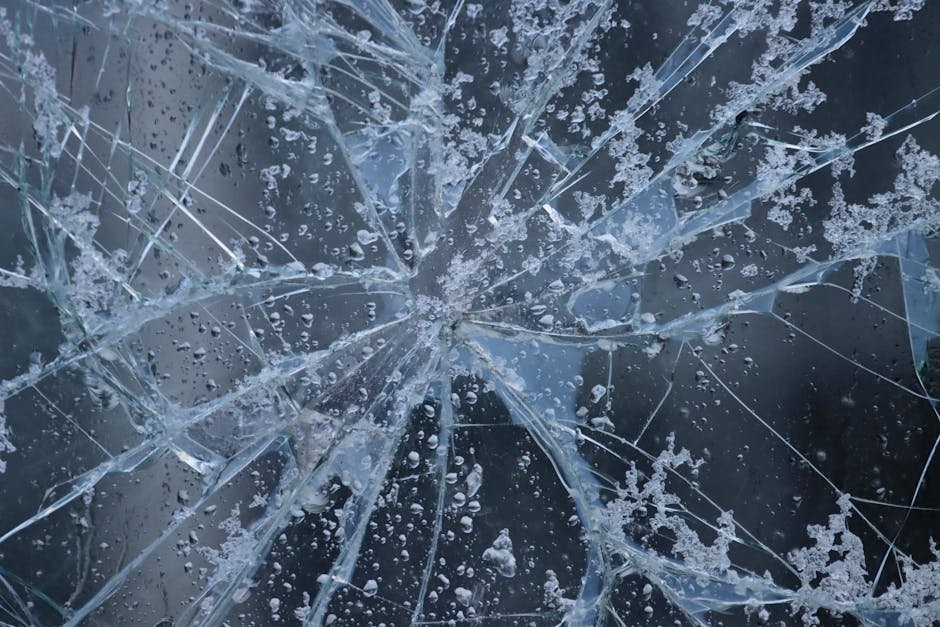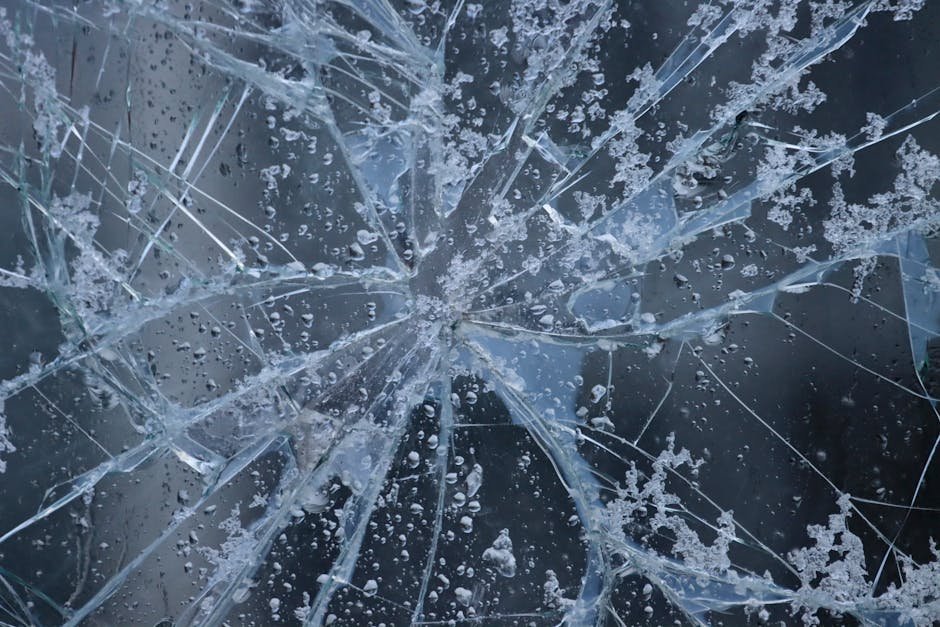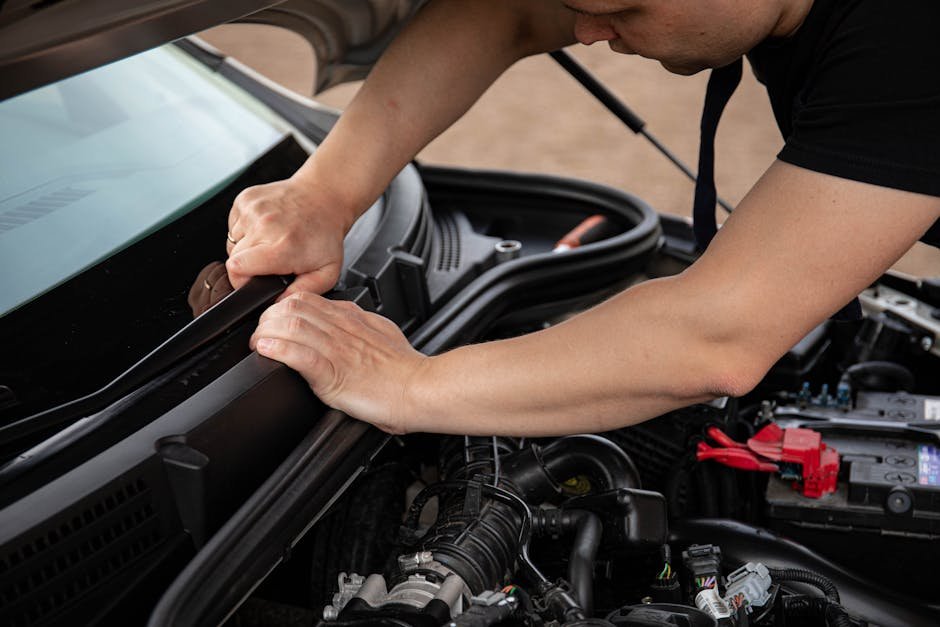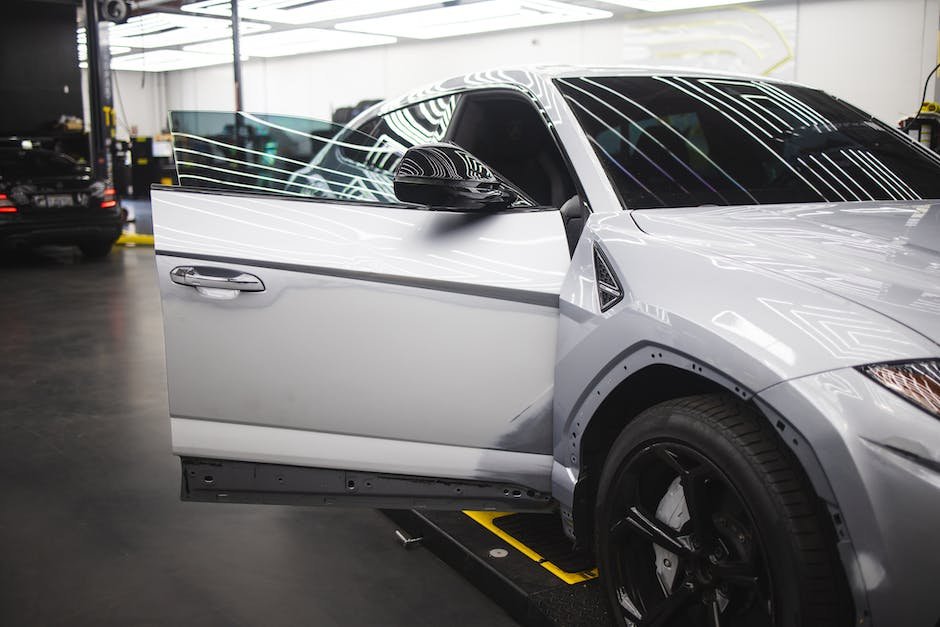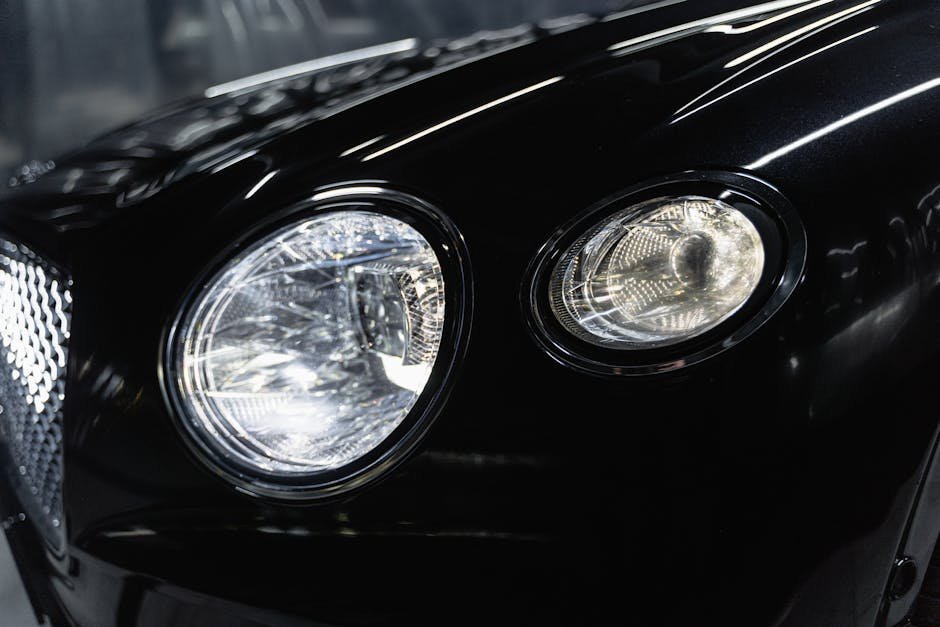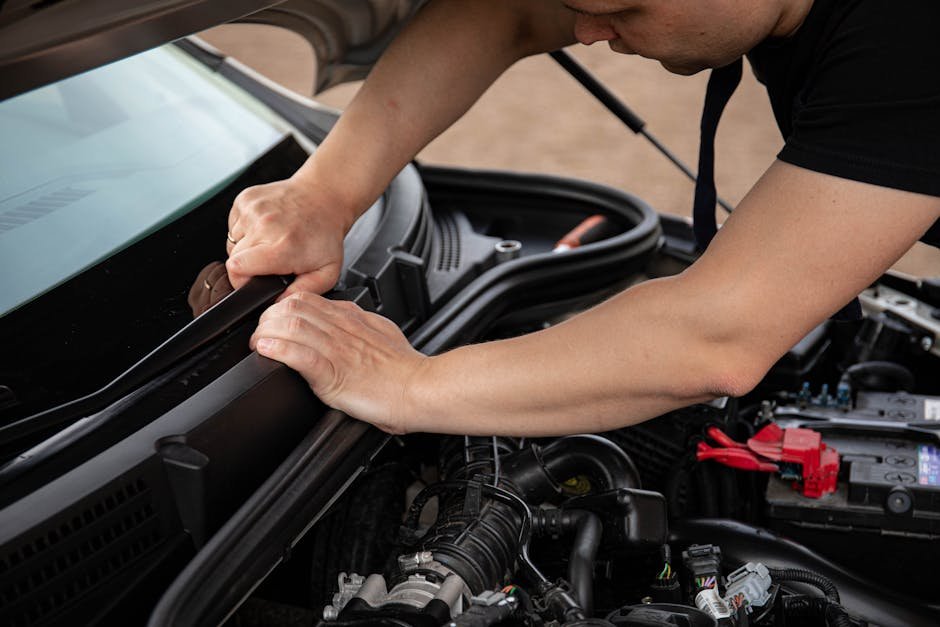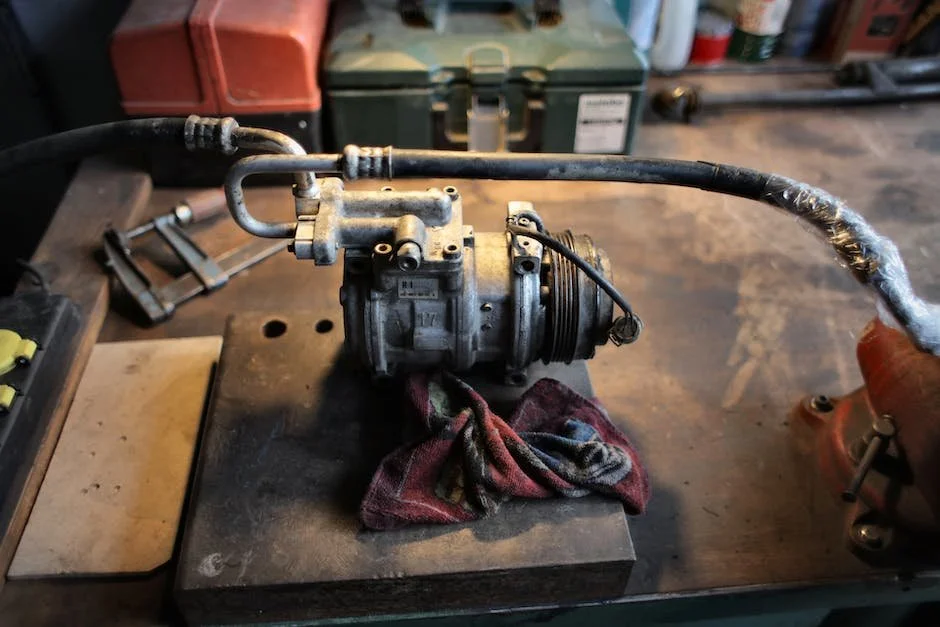The Hidden Costs of Ignoring Windshield Damage
/A crack in your windshield might seem like a minor inconvenience at first glance. However, this seemingly small issue can escalate into a series of unforeseen problems, each with its own hidden costs. From safety hazards to insurance complications, understanding the true impact of ignoring windshield damage is crucial for every driver.
Understanding Windshield Damage: More Than a Crack
The anatomy of a windshield is complex; it's not just a piece of glass but a vital safety feature. A windshield's integrity is paramount to the structural stability of a vehicle, especially in the event of an accident. When compromised by damage, even if seemingly minor, the entire safety of the vehicle's occupants can be at risk. Each crack or chip can significantly weaken the windshield's ability to withstand further impact, turning a small problem today into a potential disaster tomorrow.
Moreover, the location and size of the damage can variably affect visibility. Depending on where the damage is located, it could greatly hinder the driver's field of view, making it difficult to see other vehicles, pedestrians, or obstacles on the road. This decreased visibility drastically increases the likelihood of accidents, proving that the cost of ignoring windshield damage goes far beyond the price of repair.
Safety Hazards: The Real Cost of Windshield Neglect
Windshield damage presents safety hazards that extend beyond compromised visibility. In the event of a collision, the windshield plays a crucial role in maintaining the car's structural integrity and helps in the proper deployment of airbags. A damaged windshield might not withstand the force of an accident, leading to more severe consequences for the passengers. The cost of ignoring such damage, therefore, could ultimately be measured in human lives, highlighting the dire importance of timely windshield repair for driver and passenger safety alike.
Driving with a compromised windshield subjects the vehicle to further damage. Wind force, temperature variations, and road vibrations can cause a small chip or crack to spread rapidly. What might have been a simple, inexpensive repair can quickly escalate to a full windshield replacement, demanding significantly more time and financial investment.
Financial Implications: From Small Fixes to Major Costs
The financial implications of ignoring windshield damage start with small repair costs but can skyrocket unexpectedly. A small chip repair might be affordable, even negligible with insurance coverage, but if left unattended, that chip can crack and spread, leading to a full windshield replacement. Full replacements are not only more costly but might also not be fully covered by insurance, especially if deemed a result of negligence by the vehicle owner for not addressing the initial damage promptly.
Insurance Concerns: How Windshield Damage Affects Your Policy
Many drivers are unaware of how windshield damage can affect their insurance policies. While some policies cover windshield repair and replacement, there may be stipulations or deductibles that apply. Furthermore, if the windshield damage is a result of a collision or road incident, failing to report and repair the damage in a timely manner could affect future claims or lead to increased premiums. It's imperative to understand the specifics of your insurance policy regarding windshield damage, emphasizing the hidden costs associated with neglecting such issues.
Another important consideration is the potential for insurance claims to be denied altogether if an inspection deems that the windshield damage was a contributing factor to an accident. Such scenarios could lead to out-of-pocket expenses for repairs, medical bills, or other accident-related costs, underscoring the financial risks of overlooking windshield repair.
Proactive Measures: Preventing Windshield Damage
While not all windshield damage can be prevented, there are steps drivers can take to minimize risks. Maintaining a safe distance from the vehicle ahead can reduce the chance of debris hitting the windshield. Additionally, avoiding construction zones and roads in poor condition can decrease the likelihood of encountering harmful materials. For those living in areas prone to severe weather, using protective covers or parking in covered areas can safeguard against damage from hail or falling branches.
Regular maintenance and inspections play a crucial role in preventing windshield damage. Professional assessments can spot early signs of wear and tear or minor damage that might not be immediately visible to the untrained eye. Catching these issues early can mean the difference between a minor repair and a major replacement, saving both money and ensuring the ongoing safety of the vehicle's occupants.
The Prudence of Prompt Windshield Repair
Ignoring windshield damage may seem cost-effective in the short term, but the long-term implications can be both costly and dangerous. Addressing windshield damage promptly not only ensures your safety but also prevents minor issues from ballooning into expensive repairs or severe safety risks. In the end, the wisest and most economically prudent course of action involves addressing windshield repairs immediately. Reduce the hidden costs and ensure your driving safety by not overlooking this critical component of vehicle maintenance.




